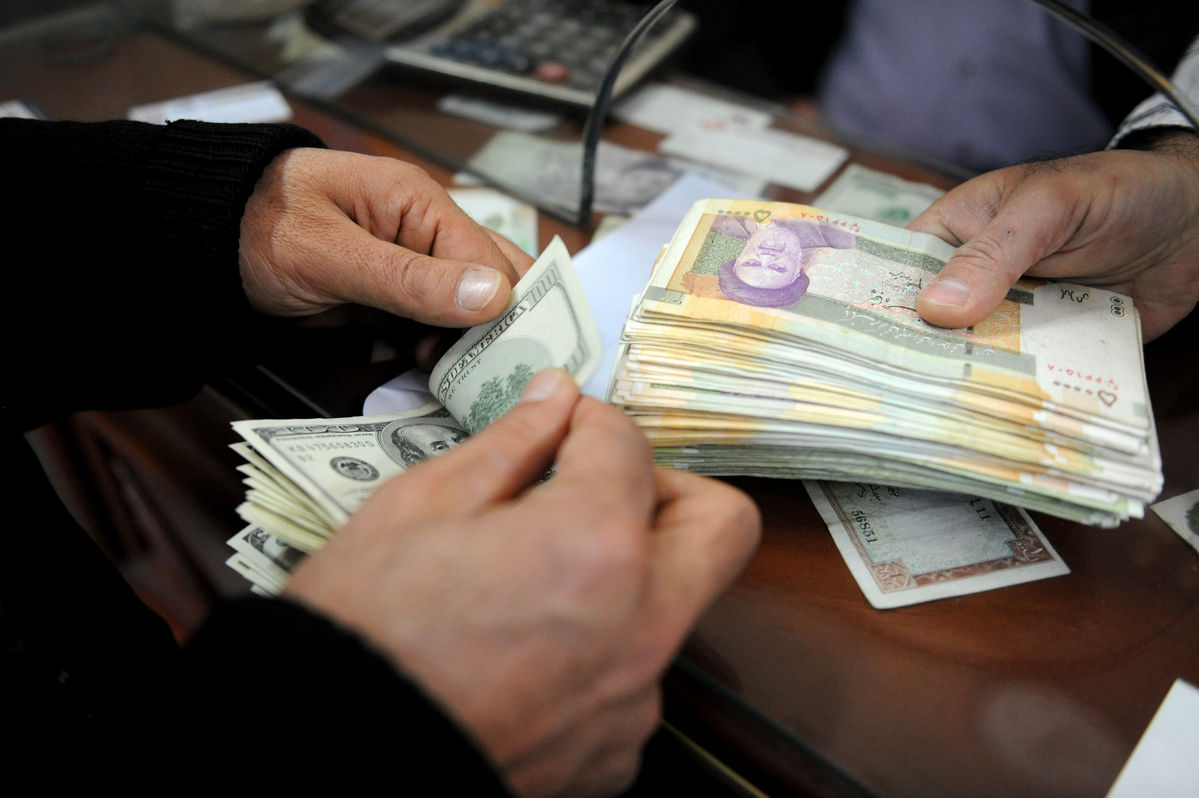Most equity market heavyweights gain from rial’s recent weakening, if the trend persists.
Next year is an exciting one for Iran’s foreign exchange market. Sanctions will be removed and normal trade with the world will resume, as a result the government and the Central Bank of Iran will gain access to billions of blocked assets.
Furthermore, CBI has promised to unify the foreign exchange regime. Corporate Iran will enjoy massive profit gains, if the rial is allowed to fall.
The rial has dropped 13% versus the dollar in the past six months in the Tehran’s foreign exchange market. One dollar was around 32,500 rials near the signing of the nuclear deal between Iran and the West in July. Now it is changing hands for 36,750 rials in Tehran.
Meanwhile, the volume of foreign exchange offered at the official rate by CBI for essential goods has risen. The official exchange rate for the greenback is now 30,120 rials.
Our sister newspaper Donya-e-Eqtesad recently published a study of the latest financial statements provided by 41 companies listed on Tehran Stock Exchange. It compared the forecast exchange rates the companies used to project their earnings for next year, with three exchange rates that the greenback may hover around next year.
The study reviews eight basic metal producers, two iron ore producers, four refiners and 12 petrochemical companies, most of which stand to gain from rial’s weakening as a jump in their export revenues would negate greater import costs.
Eleven pharmaceutical companies and four food processing companies were also included. The elimination of the official exchange rate will hurt them badly, as that is the rate they use for the bulk of their activities.
The first scenario studied by the newspaper is the dollar climbing to 37,000 rials and the government accepting it as the rate to unify the exchange regime at. In this case, average profits would jump 24%.
However, if CBI uses some of its newly gained reserves to suppress rial’s decline, the dollar’s exchange rate could stabilize around 35,000 rials, and the rise in corporate profits will in turn fall to 14%.
But the government could try and support importers to cushion the rise in consumer good prices, in a bid to support household income. Such a move would deplete reserves but has its own merits.
Donya-e-Eqtesad estimates that in this case, exchange rates would be unified around 33,000 rial per dollar, and as a result corporate profits would gain only 4%.
There will be sore losers in the mix. Companies who buy raw materials at the official rate and export their products at the market rate bag a hefty rent from the now 22.4% difference between the two rates.
Consumer goods maker Paxan, for instance, stands to lose 25% of its profits when CBI stops its supply of cheap currency to it.
A shortcoming of the study is its narrow point of view. It considers other economic factors as constants. For example, commodity prices are in a global downward spiral. This eats away miners’ profits real fast.
One company, National Iranian Copper Industries Company, is projecting to sell its copper at $5,000 per ton during the second half of the year. Currently, copper is trading at $4,672 per ton. If copper moves lower, NICICO would quickly run into losses.


